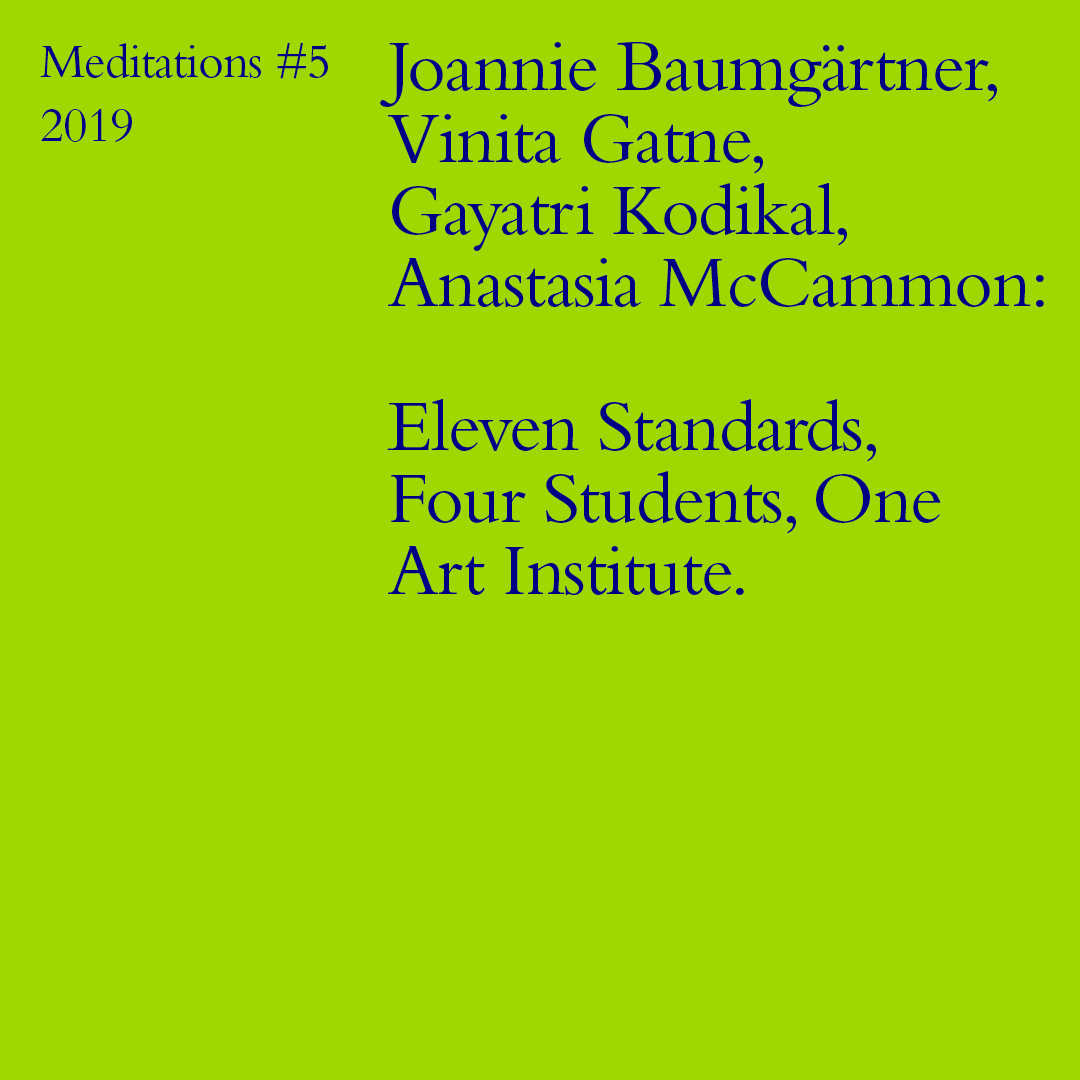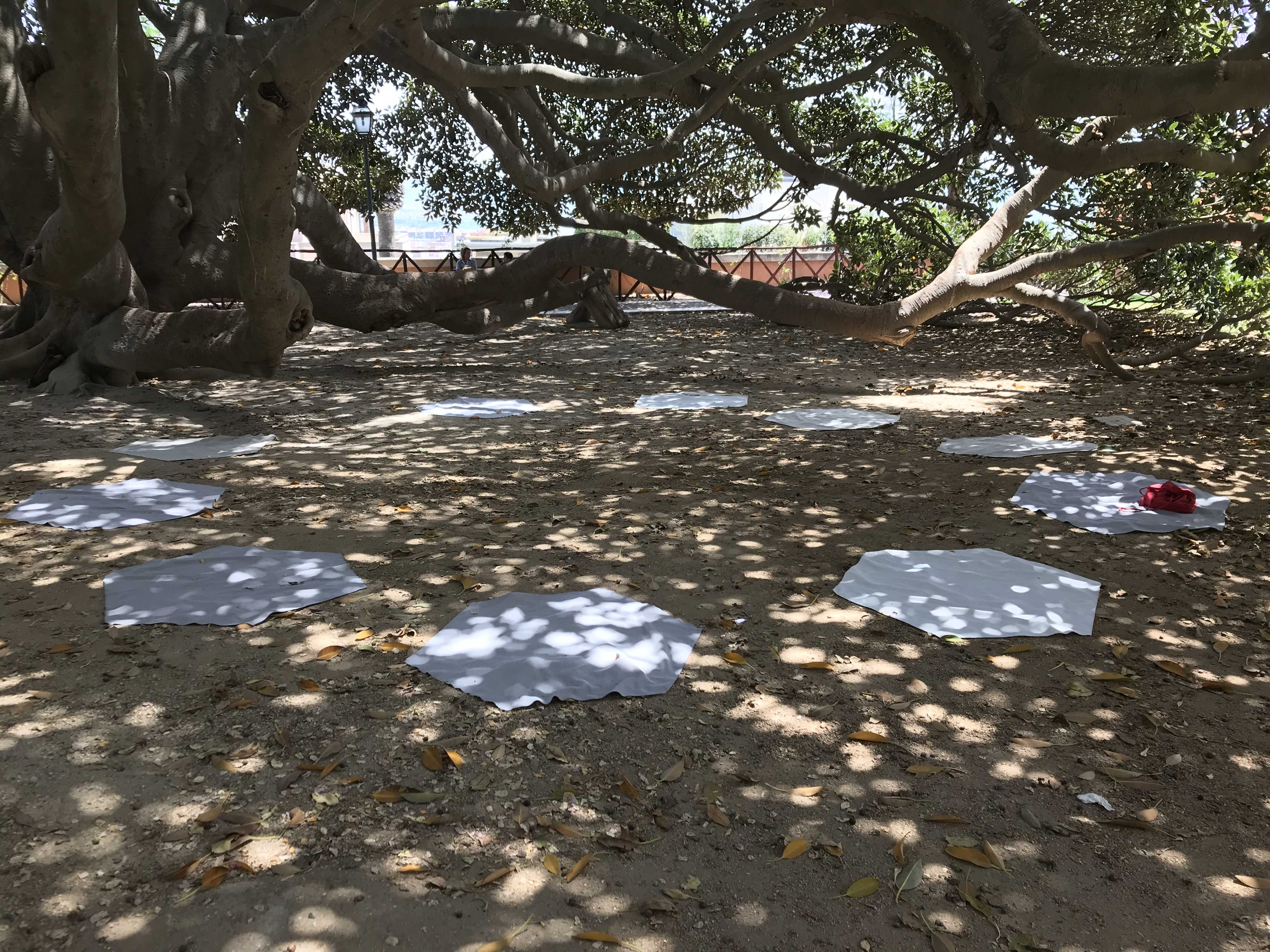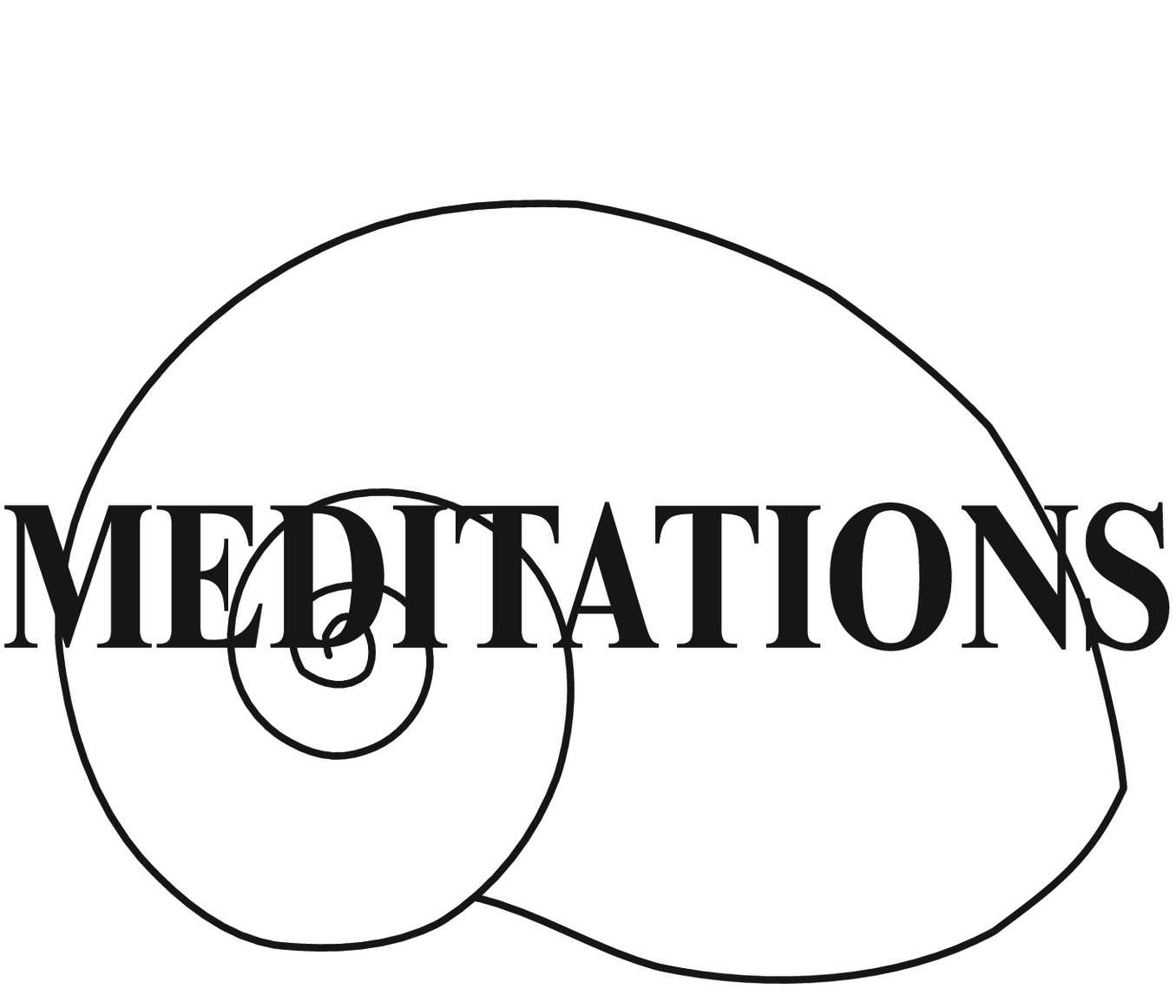2019 ~ Meditations#5 ~ four students
This text was commissioned by the DAI. Joannie Baumgärtner (DAI,2019) Vinita Gatne (DAI,2019), Gayatri Kodikal (DAI, 2020), Anastasia McCammon (DAI,2020) where invited to collectively write an assesment of the DAI, measured against the so-called STANDARDS as prescribed by The Assessment Framework for the Higher Education Accreditation System of the Netherlands. Here is a link to the Framework version of 2018. The student's generous and insightful text was offered to the NVAO's Accreditation Panel. Read more about DAI's accreditation of 2019.
Apart from the initial formal context the words below can be read as a compressed,
IN A NUTSHELL
very helpful, first introduction to all things DAI.
"It is brilliant to see the connections that are made amongst interests. From writers, to sculptors, dancers and curators, the students at the DAI can’t be labelled with one term. This is what makes our program so strong. The versatility of the students matched with the array of topics that each study group deals with, allow for a microcosm of thoughts and outcomes to emerge from the DAI. For example this year we have groups working through many themes - from experimental theater practices to anarchic forms of publishing.
The DAI structure of ‘roaming’, and flexibility in living, working and studying make it both intensive and diverse. The independence also places the responsibility of self discipline, interests, research method on the students themselves, who benefit when working in the international network. I came here to not only interact with highly established tutors, but also have enriching discussions and collaborations with my peers. The intake of students is really what makes DAI so awesome, especially the balance in age groups, the international backgrounds and imaginations.
What is it to study when your practice cannot be defined by a particular discipline? One of the strengths of the course is the various discourses it is able to address through its artistic trajectory which opens the framework and structures of practice. The study then includes every experience a student want to bring in, question and further. As student I did not need to leave something behind to enter the program. In that sense the program is not closed off, but opens the brackets of disciplines, breaking compartments by cultivativating a space for collective thinking. The curriculum is encouraging of what we all bring to the study program. This enables a student to develop the study trajectory specific to their enquiries. This is possible largely because of the range of discourses the tutors are able to attend to as well as the diverse experiences the students bring in offering a unique space to develop a practice based on ‘study’ and not on ‘discipline’. Despite the capacity of the program to ‘individually’ address each of our practices, we ‘collectively’ study. The courses in the program allow space for communicability between the students allowing our diverse socio-political conditions to come in conversation. We learn about each other, with each other.
The Dutch Art Institute is a Master of Arts that focuses heavily on research and theory based forms of a critical artistic articulation. Being critical of the artwork as commodity, it subverts the standards of the professional field and discipline. Therefore, the DAI is not an institution that will bolster one‘s commercially driven career in the arts. DAI helps one to reflect on the emancipatory possibilities of the discipline, bringing one together with an international network of like-minded thinkers. Whilst investigating the discipline on a planetary level, students and tutors try together to take a critical stand, certainly inhabiting a niche, but a blossoming one. As such, DAI equips one with the skills and network to make one’s own claim about what these expectations should be in the professional field and further what for, how and by whom they should be uttered.
The students of DAI are enabled to become aware members of the artworld, who neither buy into the genius myth nor commodity fetish. As such, it’s contents do not resolve around an actual piece of artwork, like in other studio-based MFA’s. The content is as rich as critical thought itself, reaching from critical idealism and the Frankfurt school to anti-colonial theory and poetry, from cybernetics and science-fiction to afrofuturism, from ancient myths to early-modern philosophy up to current economical and ecological injustice. No specific content could prepare one to achieve the DAI’s learning intentions, but all of them are forcing the students to rethink modes of production, articulation and even living.
DAI is not afraid to adapt it’s curriculum, listening to concerns raised by students. Whilst the How-to-do-things-with-Theory-Module certainly does not only nurture discursive and academic skills, but also enables the formation of theoretical habits, a stance from which to further use the skills acquired in combination with one’s own practice.
The Factory is a communal workshop format, that works towards a symposium (the Roaming Assembly). Using group-thinking on a thematic focus as method, it is not only providing social-collaborative skills, but also giving the opportunity to learn organisational and curatorial skills on the side.
The COOP-Academy module is certainly where all of these things meet and more - working together with experienced professionals in the field under a theme, yet with a space to bring in their own practice and ideas that will be adapted and developed with the group.
New students are expected to have a certain level of theoretical and political interest. From the beginning, one is respected as and required to be a critical individual -something that can feel intimidating in the first weeks. However, this feeling leaves and after a few meetings one realises that everybody is in the program for a reason, bringing their own qualifications and history as an enrichment to the group. Certainly, levels of personal engagement with certain subjects and parts of the curriculum are different. The curriculum doesn’t need to tie with anyone’s level, as it is the DAI‘s idea to tie students and curriculum together, subverting teacher/student binaries, hierarchical relations. This helps both, the students to acquire qualifications beyond learning as repetition and the program’s content to be in par with the interests and abilities of the student-body.
The DAI-week can feel like one is stuck between a classroom and a hostel-bed. As horrible as that sounds, DAI has a way of making the studying never stop, no matter if one is reading a text, having a dinner conversation or discussing politics while toothbrushing. It is a rich and full week that nourishes the rest of the month in between, where students have the time to follow up and prepare the next week. This structure has proven also as quite salient - from tremendous inputs during the week, the core interests and valuable information is processed in the time between, allowing to glimpse at almost everything and focus accordingly on whatever stimulates and resonates within one’s schedule.
A roaming education without walls brings with it it’s own conditions. Leaving behind dedicated personal studio spaces and workshops seems to be a radical step for an arts education. As the whole congregation location changes from week to week, DAI classrooms have a variety of facilities, all over Europe and beyond: ArtEZ Buildings in Arnhem, Gramsci’s High School in Sardinia, Off-Spaces in Athens, Museums in Barcelona or Churches in Cologne. This is a challenging educational environment, but one can learn a lot of practicalities, strategies to cope with the demands for movement and presence in the international art world. It also provides an idea of situated learning that a studio never can - instead of reflecting in one’s own ivory tower of self-centeredness, thoughts and actions become decentered and displaced by the roaming, which adds another angle to them.
The beauty about DAI is that there is a feeling of growing together, where discussions and knowledge production actually influence teachers in their progress with the curriculum.
The staff at DAI is a floating group of associate thinkers and makers. The student-teacher-ratio is excellent, allowing for an actual personal exchange and collaboration with tutors. Tutors are usually carefully selected and bring in expertise as curators of international organisations, scholars associated with research-clusters and other universities and artists that have had an uncompromising practice.
DAI’s structure includes both, an official student representation in terms of graduation requirements and syllabus, as well as informal student groups and committees: there is a DAI-weekly, open student-assembly and several theme-focused student groups that are in conversation with the programme-director.
DAI changes one’s personal and professional ways, feeding one with tremendous input, while the community is helping to digest. Artistic careers tend to take time and DAI is equipping it’s students for the long run. The complexity of its discourse will not allow for anyone to achieve a final overview or come out as an educational role model: it provides one with the skills to not surrender to easy solutions at the cost of others, it enables one to play a positively uncomfortable role within the arts and most of all, it shows it’s graduates: you are not alone.
The thesis papers coming out of the programme are of high quality and reach international standards in critical thinking within artistic research. All the seminar subjects/topics are contemporary and rigorous. The DAI has also attracted very high ranking tutors who are professionals in their field.
The best section of the DAI week that I look forward to is the ‘Kitchen’ where students are given a 20 minute slot to present their practice. It’s a space for experimentation and gives weight to process.The Kitchen has allowed me to think as both a student and a professional working in a contemporary and quickly shifting sphere. Each DAI Week the DAI invites guests to witness and give feedback on students work. The guests are an important aspect of our ‘roaming’ status - they place us as students in the position of being aware of global, professional and interdisciplinary eyes. The platform is a space to absorb knowledge from both peers and from the critical feedback they receive.
Generally, the DAI is an excellent example of how conversation, feedback, experimentation and discussion aids and builds an educational setting. The student led initiatives such as the General Assembly and the student feedback sessions (done before or after the official Kitchen presentations) really make our voices heard, and perhaps more importantly create a tight-knit communicability amongst students/teachers/tutors/guests.
The experimental nature of the curriculum allows the focus to be more on the process, breaking the cycle of competitive production as individual practitioners towards collaboratively thinking. In that sense the two years the DAI offers a space to critically address why is it what you are doing? The answers keep morphing as we continue to study.
The DAI students and alumni have a strong self organised network and make it a point to meet in cities like Rotterdam and Amsterdam. When I first arrived to the Netherlands in my first year, I was invited to an art exhibition at the TENT Rotterdam, where an alumni had her solo show. It was great to meet the DAI diaspora (!). Many DAI alumni have shared that the programme has helped them in refining the way they present their research."
SEE ALSO:
Study, Bodies and the Spaceship: Movements in a Minor Key ~ WATCH THE TRAILER HERE.




